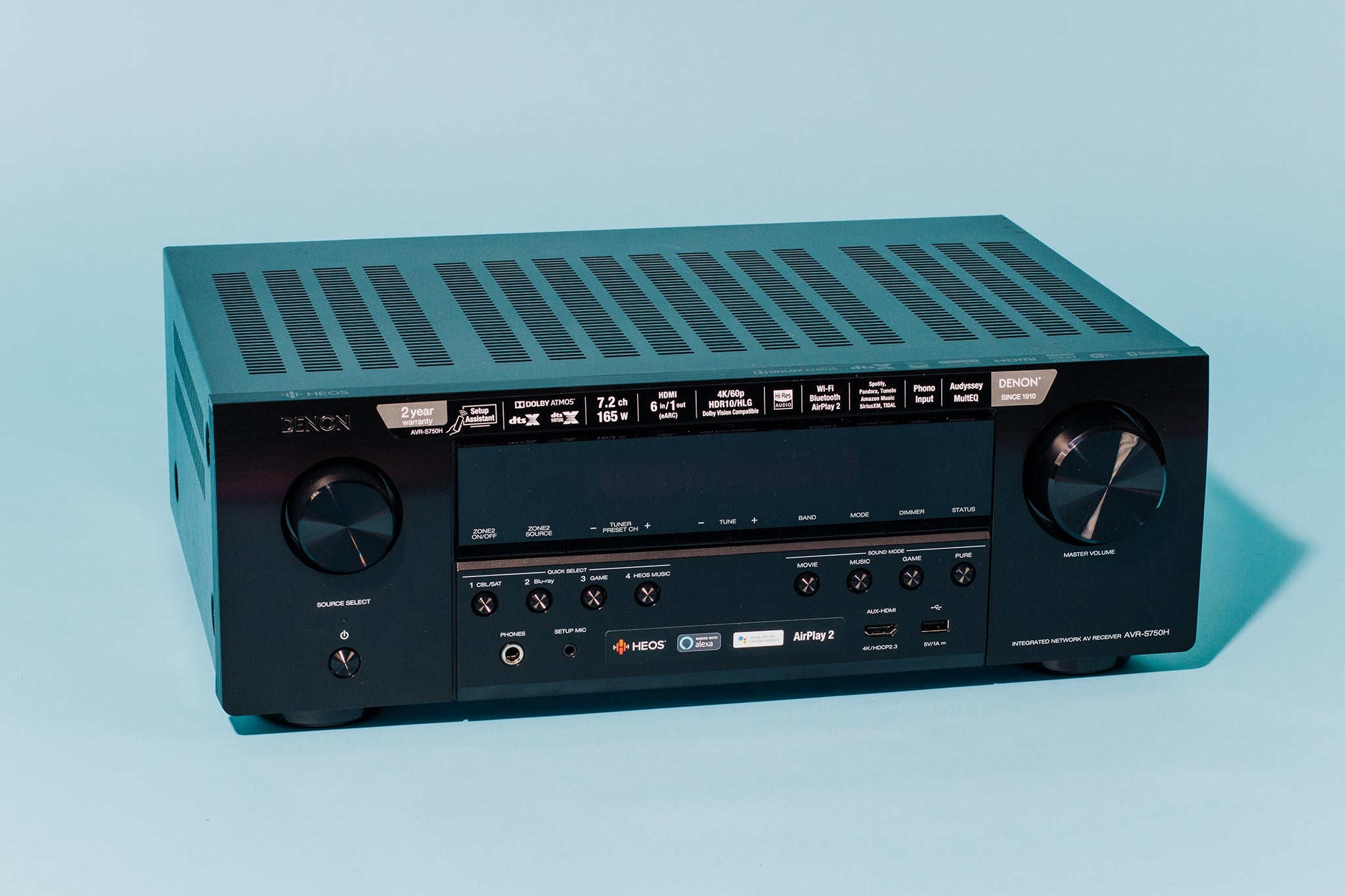What is AirPlay 2
AirPlay 2 is a proprietary protocol stack/suite developed by Apple Inc. It allows wireless streaming of audio, video, and photos between compatible devices. It also allows for the remote control of those compatible devices. AirPlay 2 was first announced at WWDC in 2017 and released to the public in 2018 with iOS 11.4.
The airplay 2 stereo receiver is any device that can receive an AirPlay 2 stream. Examples of AirPlay 2 receivers include the Apple TV, HomePod, certain models of smart TVs, and some third-party speaker systems. Any compatible device can be used as an AirPlay 2 receiver, regardless of whether or not it has the “Made for iPhone” (MFi) logo.
The AirPlay 2 protocol uses both Wi-Fi and Bluetooth to connect compatible devices. AirPlay 2 streams are sent using Apple’s Lossless Audio Codec (ALAC), which is a high-quality, lossless audio codec.
The AirPlay 2 protocol stack consists of the following layers
AirPlay 2 Control Protocol (ACP): The ACP is responsible for handling the control and metadata aspects of an AirPlay 2 stream. This includes things like volume control, playback control, and track information.
Real-time Transport Protocol (RTP): RTP is responsible for transporting the audio data itself. RTP is a UDP-based protocol that is designed for real-time streaming applications such as voice over IP (VoIP) and video conferencing.
HTTP Live Streaming (HLS): HLS is responsible for segmenting and packaging the audio data into small, transportable units. HLS is an HTTP-based protocol that is designed for streaming media over the internet.
Extensible Messaging and Presence Protocol (XMPP): XMPP is responsible for handling the signaling aspects of an AirPlay 2 stream. Signaling is used to establish and maintain a connection between two devices. XMPP is a widely used protocol for instant messaging and chats applications.
How does AirPlay 2 connect to other devices
The AirPlay 2 protocol stack uses a combination of Wi-Fi and Bluetooth to connect compatible devices. Wi-Fi is used for the initial connection between devices and for streaming audio content. Bluetooth is used for streaming video content and for remote control.
AirPlay 2 compatible devices also use a proprietary authentication process to connect to each other. This authentication process uses a shared secret that is negotiated between the devices. The shared secret is then used to generate a session key that is used to encrypt the AirPlay 2 stream.
The AirPlay 2 protocol stack uses Apple’s Lossless Audio Codec (ALAC) for audio streaming. ALAC is a high-quality, lossless audio codec that is designed specifically for streaming music. ALAC preserves all of the original audio information while still providing excellent sound quality.
Open your new world
Once you’ve got an AirPlay 2 receiver set up, streaming content from your iPhone, iPad, or Mac is incredibly simple. Just open the Control Center on your iOS device or the Menu Bar on your Mac, and select the AirPlay 2 icon. From there, you’ll see a list of available devices that you can stream to. Select the one you want, and the audio or video will start playing back almost immediately.
If you’ve got multiple AirPlay 2 receivers in your home, you can even create a multi-room audio system. This allows you to play different songs in different rooms, or even have the same song playing in all of them at the same time. You can also use Siri to control your system, so you don’t even need to be in the same room as the speakers to start or stop the music.
The AirPlay 2 receiver is a truly incredible device that opens up a whole new world of possibilities for audio and video streaming. If you’ve got an iPhone, iPad, or Mac, it’s definitely worth considering picking one up.
Conclusion
AirPlay 2 is a wireless streaming protocol that allows you to stream audio and video from your iPhone, iPad, or Mac to compatible speakers, receivers, and TVs. Unlike its predecessor, AirPlay 2 supports multiple speakers and stereo pairs, as well as the ability to control each speaker independently. AirPlay 2 also adds support for HomeKit, so you can use Siri to control your audio experience.
So what is the AirPlay 2 receiver? Simply put, it’s a device that can receive an AirPlay 2 signal and play it back through its own speakers. While there are many different types of AirPlay 2 receivers on the market, they all work in basically the same way.
